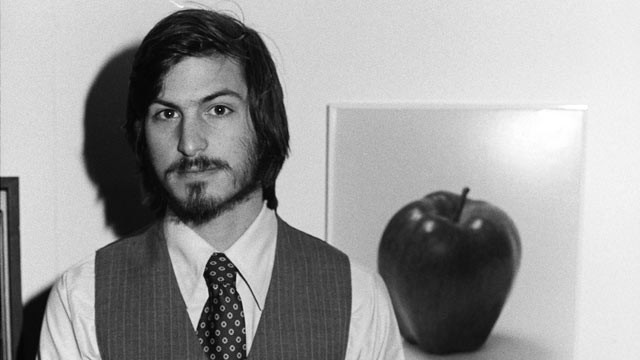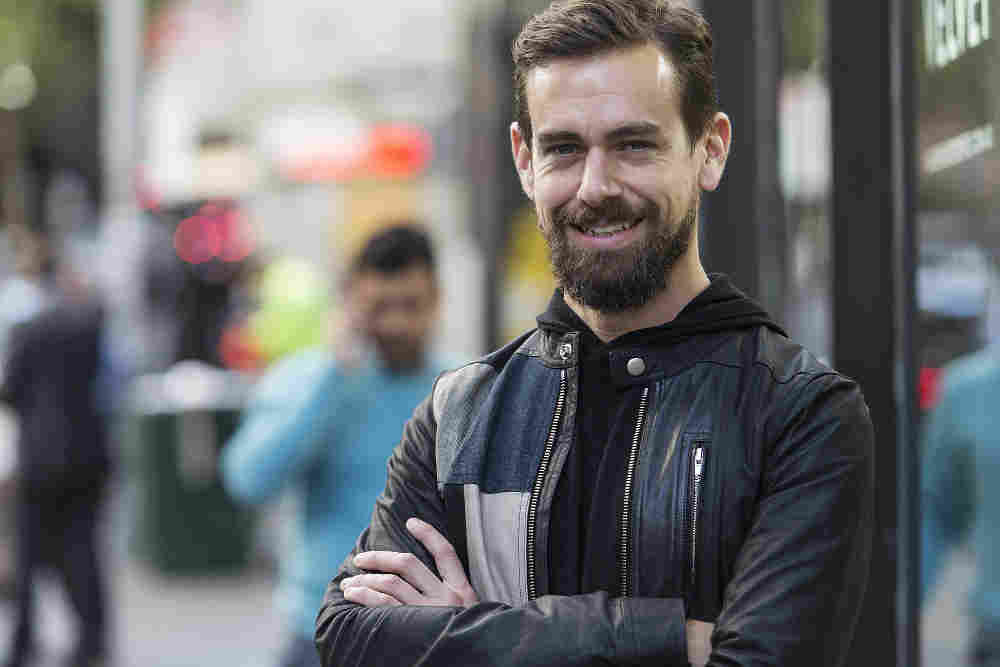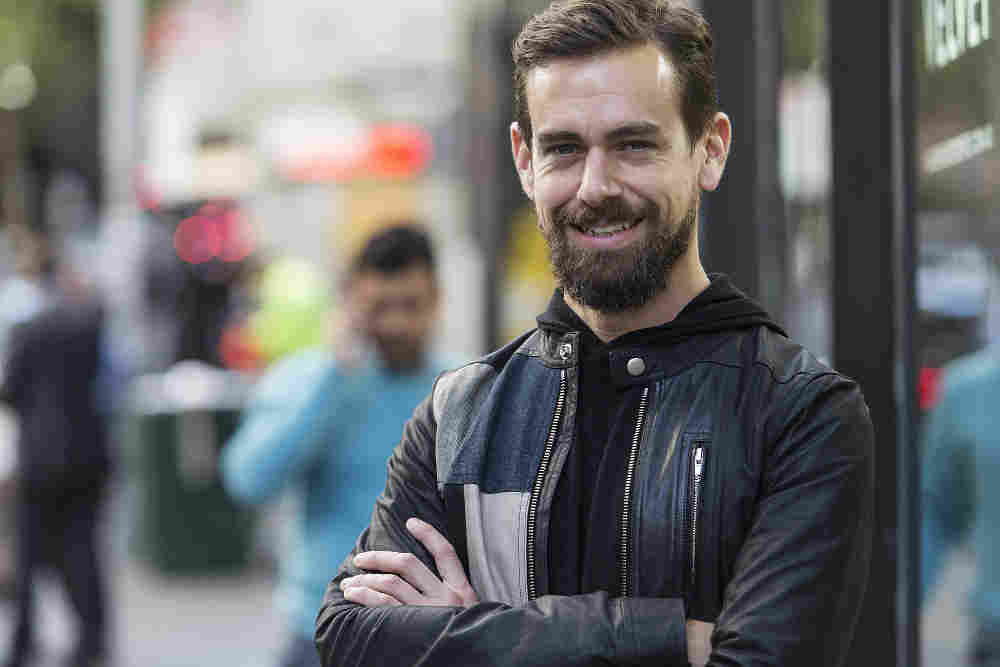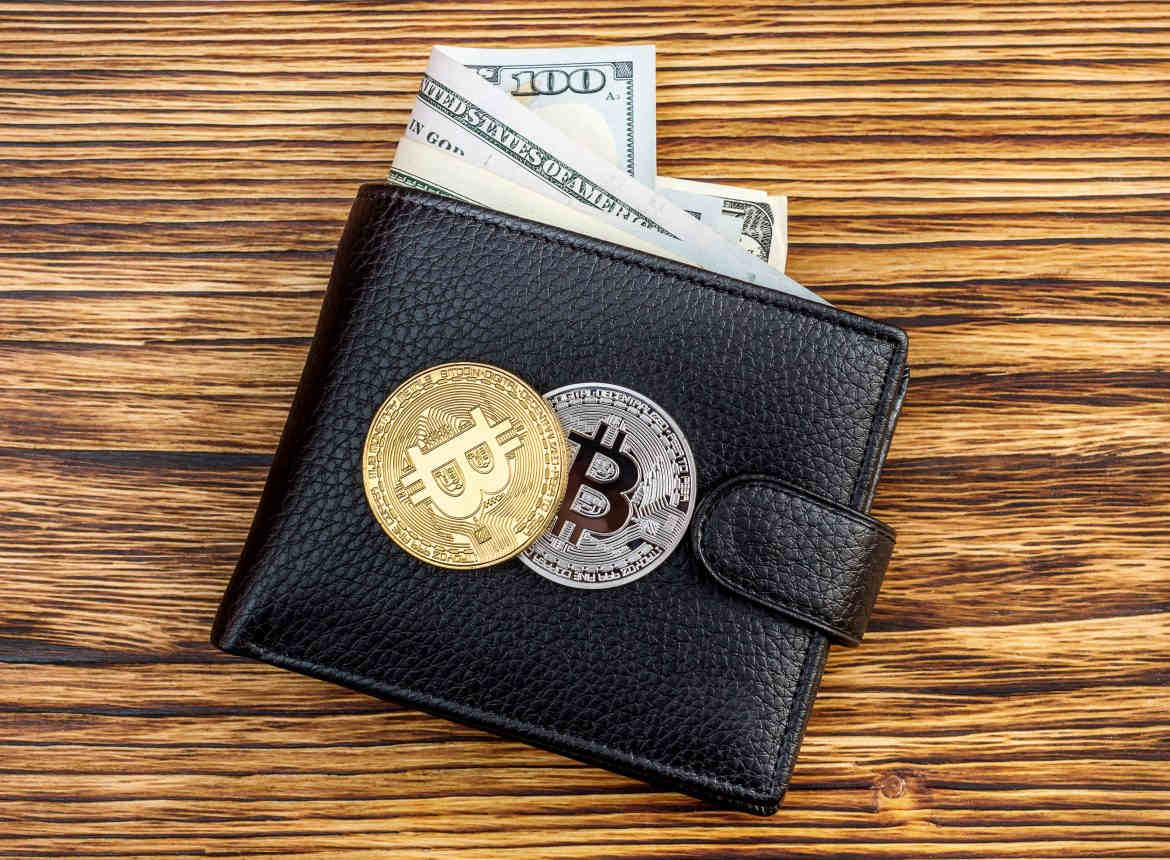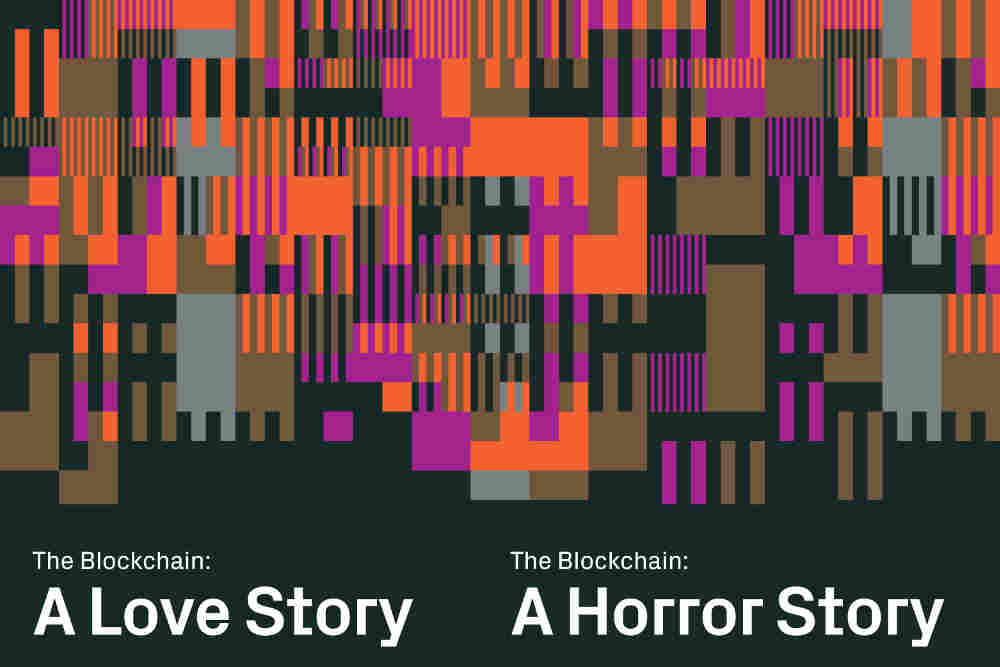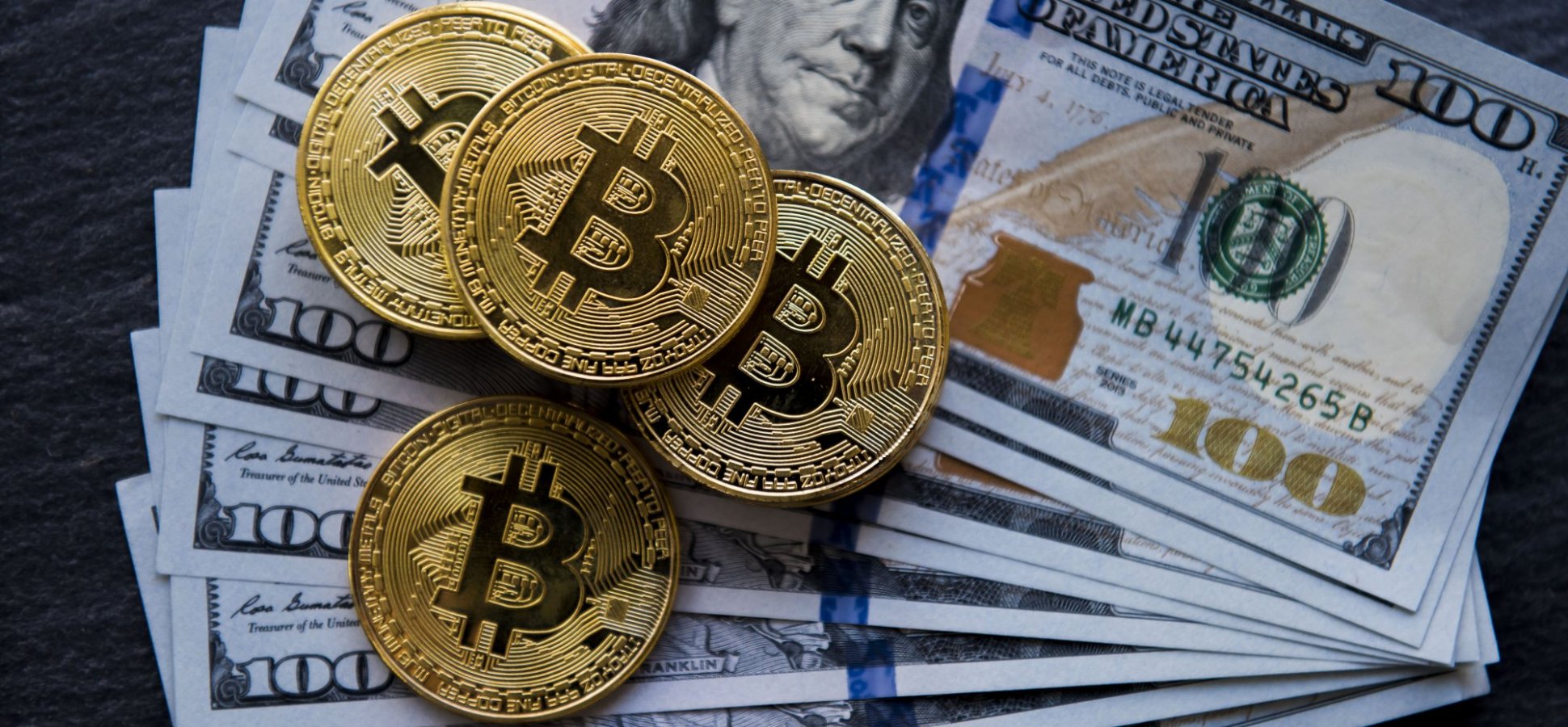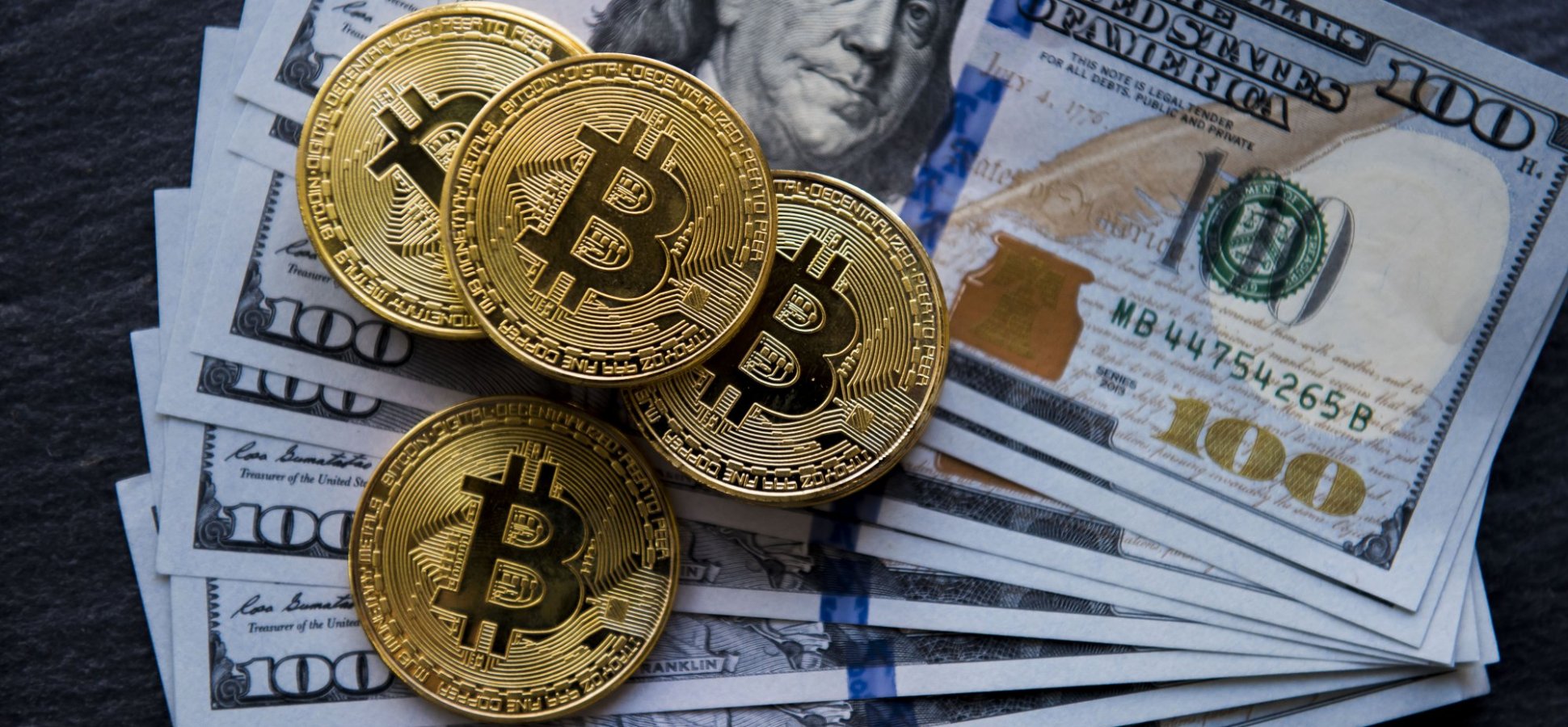Syrian refugees could regain legal identities that were lost when they fled their homes.
A few times a month, Bassam pushes a shopping cart through the aisles of a grocery store stocked with bags of rice, a small selection of fresh vegetables, and other staples. Today he’s wearing a black sweater tucked into denim jeans, which are themselves tucked into calf-high boots caked in mud. The Tazweed Supermarket, where he’s shopping, is on the periphery of a 75,000-person refugee camp in the semi-arid Jordanian steppe, six and a half miles from the Syrian border.
At the checkout counter, a cashier tallies the total, but Bassam doesn’t pay with cash or a credit card. Instead he lifts his head to a black box and gazes into the mirror and camera at its center. A moment later, an image of Bassam’s eye flashes on the cashier’s screen. Bassam collects his receipt—which reads “EyePay” and “World Food Programme Building Blocks” across the top—and walks out into the noonday chaos of the Zaatari refugee camp.
Though Bassam may not know it, his visit to the supermarket involves one of the first uses of blockchain for humanitarian aid. By letting a machine scan his iris, he confirmed his identity on a traditional United Nations database, queried a family account kept on a variant of the Ethereum blockchain by the World Food Programme (WFP), and settled his bill without opening his wallet.
Started in early 2017, Building Blocks, as the program is known, helps the WFP distribute cash-for-food aid to over 100,000 Syrian refugees in Jordan. By the end of this year, the program will cover all 500,000 refugees in the country. If the project succeeds, it could eventually speed the adoption of blockchain technologies at sister UN agencies and beyond.
Building Blocks was born of a need to save money. The WFP helps feed 80 million people around the globe, but since 2009 the organization has shifted from delivering food to transferring money to people who need food. This approach could feed more people, improve local economies, and increase transparency. But it also introduces a notable point of inefficiency: working with local or regional banks. For the WFP, which transferred over $1.3 billion in such benefits in 2017 (about 30 percent of its total aid), transaction and other fees are money that could have gone to millions of meals. Early results of the blockchain program touted a 98 percent reduction in such fees.
And if the man behind the project, WFP executive Houman Haddad, has his way, the blockchain-based program will do far more than save money. It will tackle a central problem in any humanitarian crisis: how do you get people without government identity documents or a bank account into a financial and legal system where those things are prerequisites to getting a job and living a secure life?
Source/More: Inside the Jordan refugee camp that runs on blockchain – MIT Technology Review










